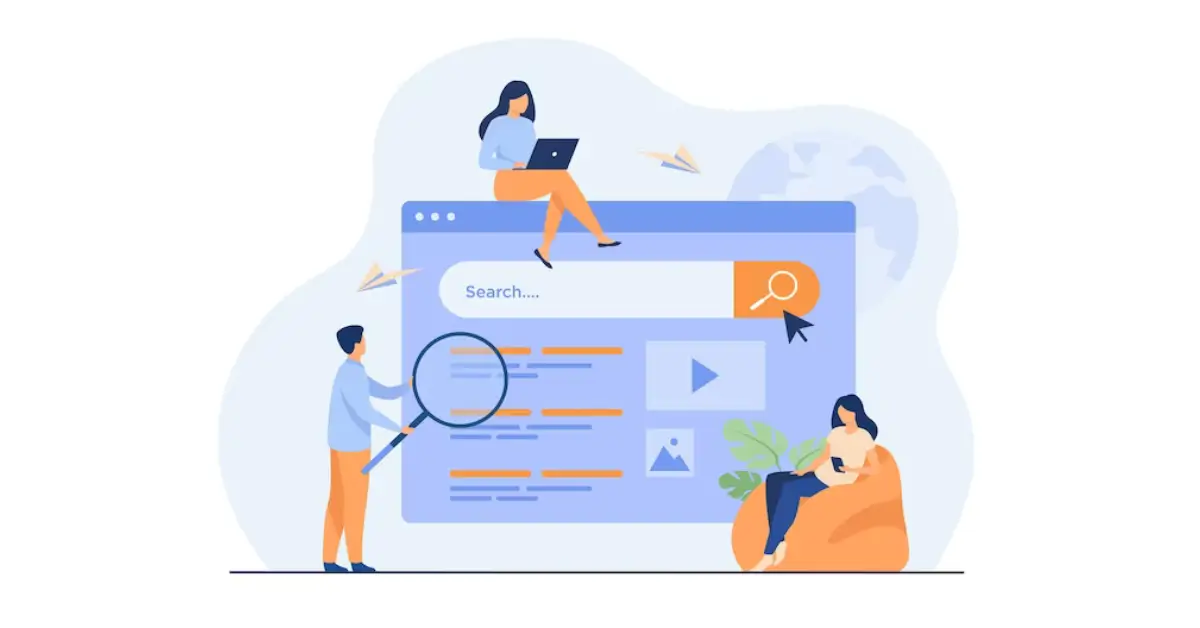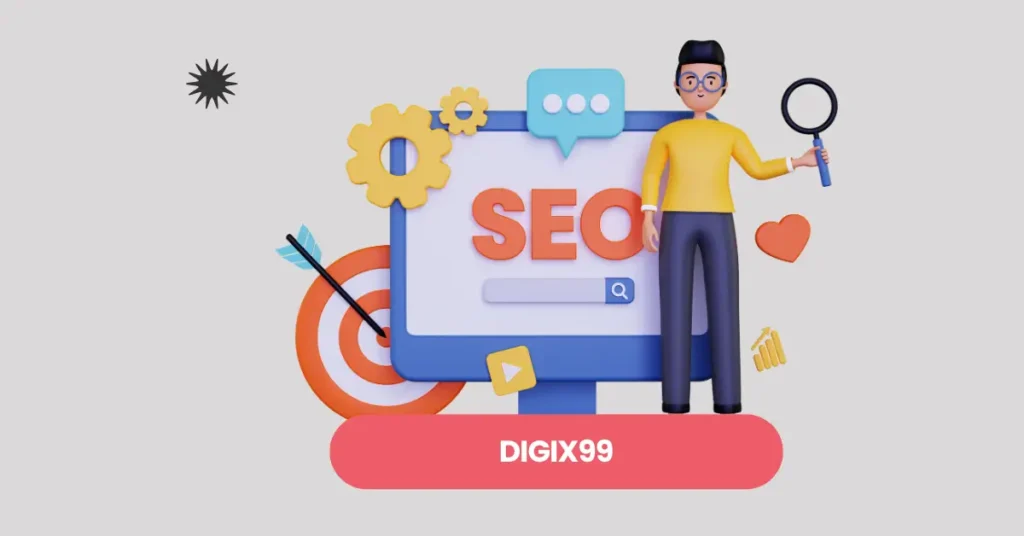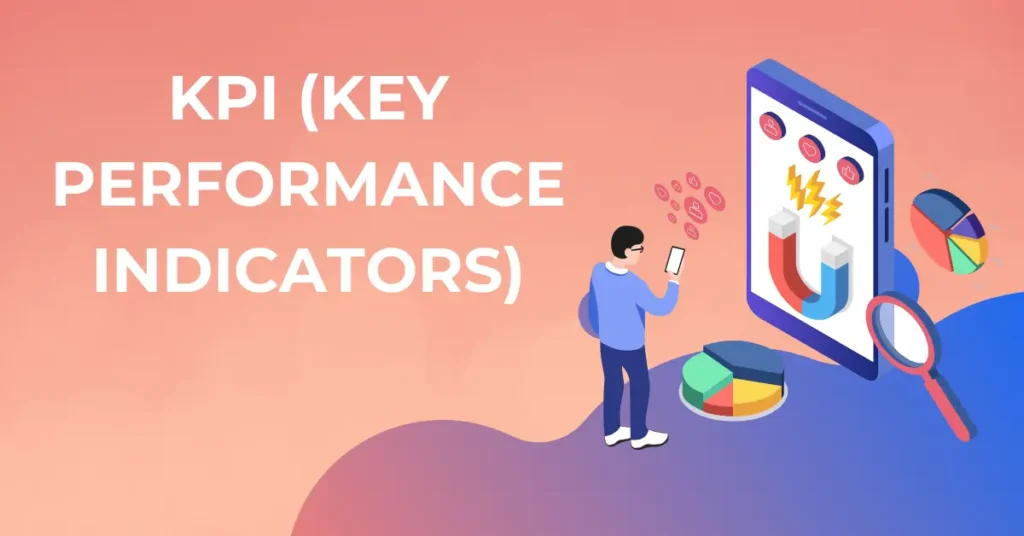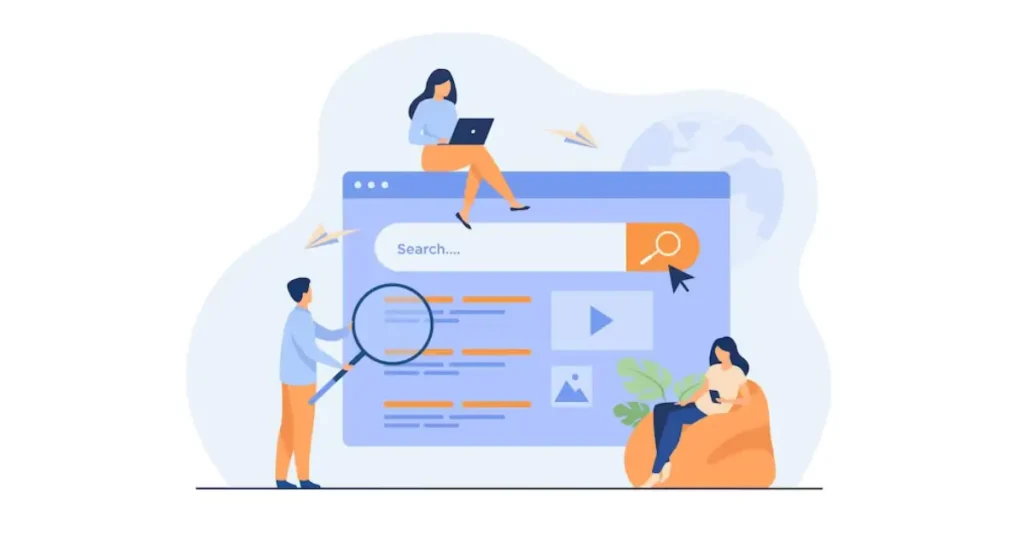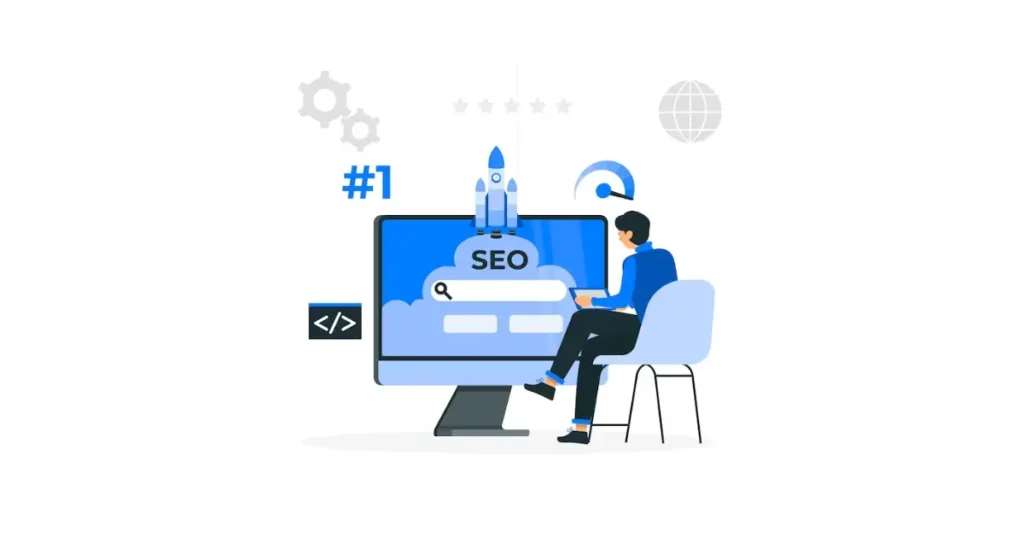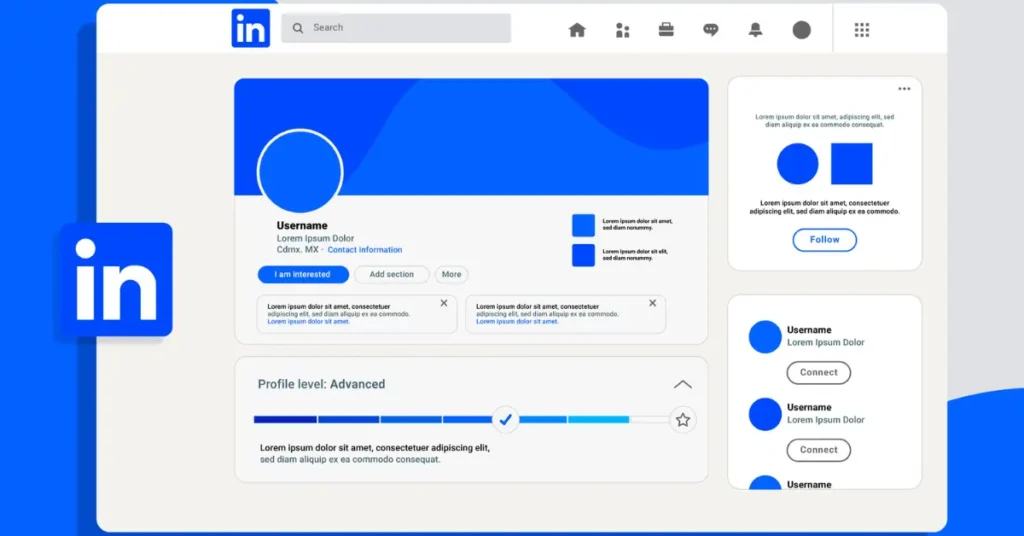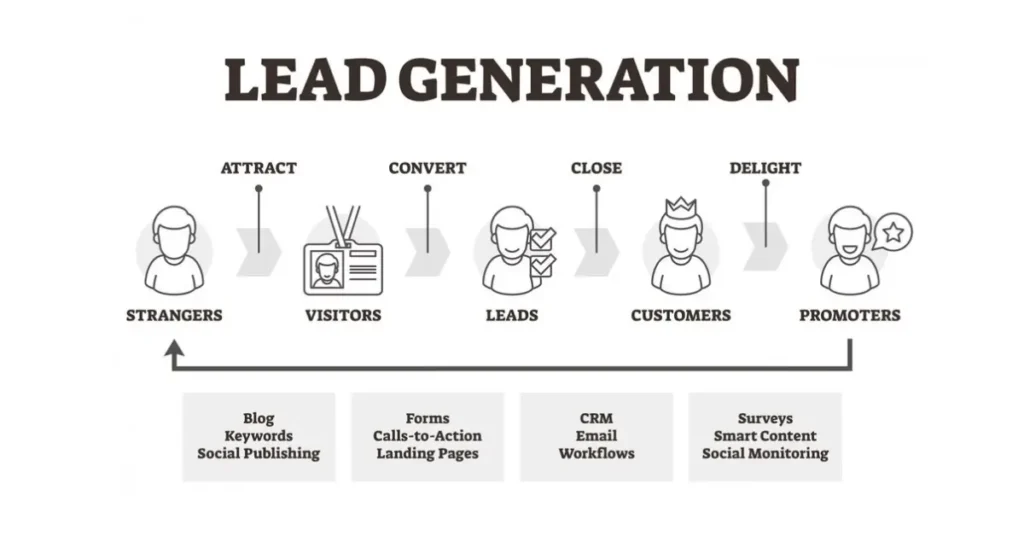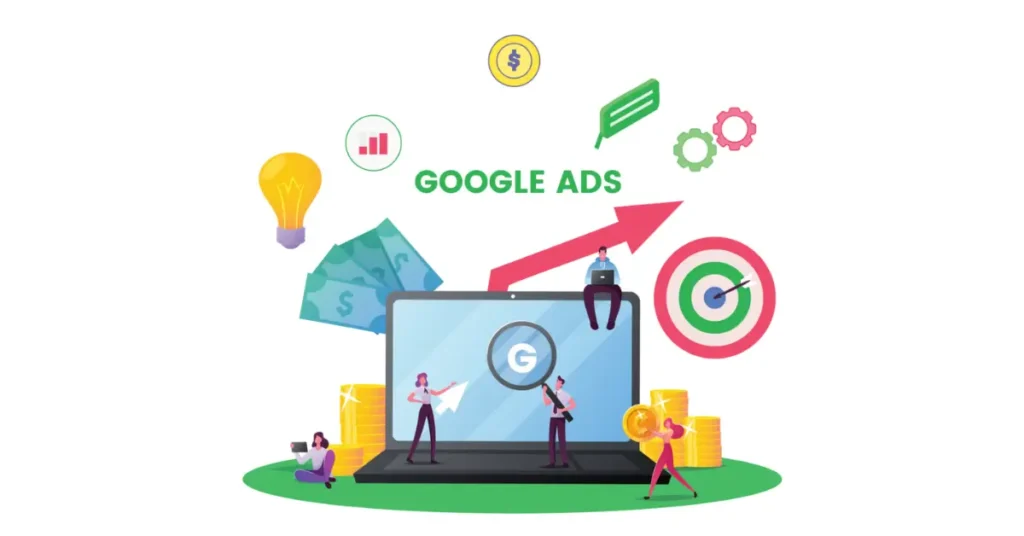In today’s digital age, having a strong online presence is crucial for the success of any business. And when it comes to improving your website’s visibility on search engines, on-page SEO plays a vital role. On-page SEO refers to the optimization techniques used directly on your website to enhance its visibility and rank higher in search engine results. This article will guide you through the art of on-page SEO and provide you with valuable tips on how to optimize your website for maximum visibility.
Importance of On-Page SEO for Website Visibility
On-page SEO is a fundamental aspect of any successful digital marketing strategy. It helps search engines understand the relevance and value of your website’s content, thus improving your website’s visibility in search engine results pages (SERPs). When you optimize your website’s on-page elements, such as meta tags, headings, and URLs, you make it easier for search engines to crawl, understand, and index your web pages. This, in turn, increases the chances of your website ranking higher for relevant keywords, driving organic traffic and attracting potential customers.
Understanding the Different On-Page SEO Elements
To effectively optimize your website for maximum visibility, it’s important to understand the different on-page SEO elements and how they contribute to your website’s overall performance. Let’s explore some of the key elements you need to focus on:
Keyword Research and Optimization
Keyword research forms the foundation of any successful on-page SEO strategy. It involves identifying the most relevant and high-traffic keywords that your target audience is using to search for products or services similar to yours. By integrating these keywords strategically into your website’s content, meta tags, and headings, you can improve your website’s relevance and visibility for those specific search queries.
Optimizing Meta Tags and Meta Descriptions
Meta tags, such as the title tag and meta description, are HTML elements that provide information about your web page to search engines and users. Optimizing these tags with relevant keywords and compelling descriptions can significantly impact your website’s click-through rates and search engine rankings. Ensure that each page on your website has unique and descriptive meta tags that accurately reflect the content and purpose of the page.
URL Structure and Optimization
A well-structured URL not only improves the user experience but also helps search engines understand the context of your web pages. When optimizing your website’s URLs, aim for concise, descriptive, and keyword-rich URLs that accurately represent the content of the page. Avoid using complex or random strings of numbers and characters in your URLs, as they can confuse search engines and users alike.
Heading Tags and Content Optimization
Heading tags, such as H1, H2, and H3, are HTML elements used to structure your web page content. They not only make your content more readable for users but also provide search engines with important clues about the relevance and hierarchy of your content. When optimizing your website, ensure that you use relevant keywords in your heading tags, making them descriptive and concise. Additionally, focus on creating high-quality, engaging, and informative content that is optimized for your target keywords. Remember, the ultimate goal is to provide value to your audience, so avoid keyword stuffing or creating thin, low-quality content.
Image Optimization for On-Page SEO
Images play a crucial role in enhancing the user experience of your website. However, they can also impact your website’s loading speed if not optimized properly. To ensure your website remains fast and efficient, optimize your images by compressing them without compromising their quality. Additionally, provide descriptive alt text for each image, incorporating relevant keywords where appropriate. This not only helps search engines understand what the image is about but also improves accessibility for visually impaired users.
Internal Linking Strategies for Improved Visibility
Internal linking refers to the practice of linking one page on your website to another page on the same domain. When done strategically, internal linking can help search engines discover and crawl your web pages more effectively, improve the user experience, and distribute link equity throughout your website. Identify relevant anchor text and link to other pages on your website that provide additional value or context to the content being linked. However, avoid excessive internal linking or using irrelevant anchor text, as it can be seen as spammy and harm your website’s visibility.
User Experience and On-Page SEO
User experience (UX) is a critical factor in determining your website’s visibility and success. Search engines aim to provide users with the best possible experience by serving them relevant and high-quality content. When optimizing your website’s on-page elements, ensure that you prioritize UX by improving page load times, enhancing navigation, and making your website mobile-friendly. A seamless and user-friendly experience will not only improve your website’s visibility but also increase user engagement and conversions.
Mobile Optimization and On-Page SEO
With the increasing use of mobile devices, optimizing your website for mobile is no longer an option but a necessity. Mobile optimization involves ensuring that your website is responsive and displays correctly on various devices and screen sizes. Mobile-friendly websites not only provide a better user experience but are also favored by search engines. Google, for instance, prioritizes mobile-friendly websites in mobile search results, potentially boosting your website’s visibility and organic traffic.
Tools and Resources for On-Page SEO
There are numerous tools and resources available that can assist you in optimizing your website for maximum visibility. Some popular ones include:
- Google Analytics: A powerful analytics platform that provides insights into your website’s performance, user behavior, and traffic sources.
- Google Search Console: A free tool that helps you monitor and maintain your website’s presence in Google’s search results.
- Yoast SEO: A WordPress plugin that offers comprehensive on-page SEO analysis and optimization recommendations.
- SEMrush: A versatile SEO tool that provides keyword research, competitor analysis, and on-page optimization features.
- Moz: A suite of SEO tools that offers keyword research, link analysis, and on-page optimization capabilities.
On-Page SEO Best Practices
To ensure your website is fully optimized for maximum visibility, here are some best practices to keep in mind:
- Conduct thorough keyword research and integrate relevant keywords strategically throughout your website’s content.
- Optimize your meta tags and meta descriptions with compelling and keyword-rich content.
- Use concise, descriptive, and keyword-rich URLs that accurately represent the content of your web pages.
- Structure your content with relevant heading tags, providing hierarchy and context to your web page.
- Optimize your images by compressing them and providing descriptive alt text.
- Implement internal linking strategies to improve the discoverability and crawlability of your web pages.
- Prioritize user experience by improving page load times, enhancing navigation, and making your website mobile-friendly.
- Regularly monitor and analyze your website’s performance using tools like Google Analytics and Google Search Console.
Conclusion
On-page SEO is a powerful technique that can significantly improve your website’s visibility on search engines. By understanding the different on-page SEO elements and implementing best practices, you can optimize your website for maximum visibility and attract valuable organic traffic. Remember to conduct thorough keyword research, optimize your meta tags and URLs, create high-quality and engaging content, and prioritize user experience. By investing time and effort into on-page SEO, you can pave the way for long-term success and growth in the digital landscape.
Implement these on-page SEO strategies today and watch your website’s visibility soar!

